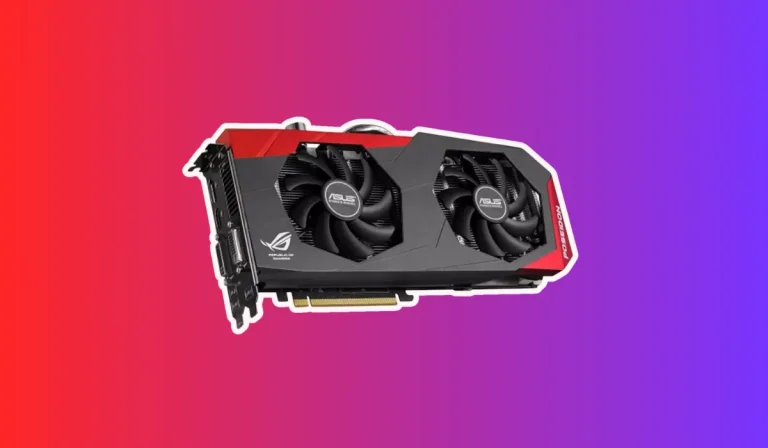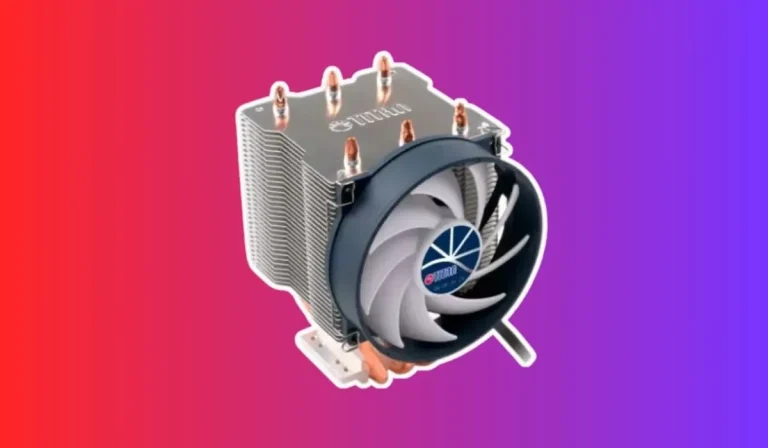How can I build a graphics card from scratch?
Have you ever wondered how a graphics card can transform your gaming experience or enhance your creative endeavors? Graphics cards are an essential component of modern computing, enabling smooth visuals and efficient processing.
Planning the Build
Researching and Selecting the Right GPU Chipset
Before diving into the DIY process, it’s important to research and select the right GPU chipset for your needs. Consider factors like performance requirements, power consumption, and compatibility with your motherboard. Look for reputable manufacturers and read reviews to ensure you make an informed decision.
Determining the Required Power Supply and Cooling Solutions
Once you have chosen the GPU chipset, it’s essential to determine the required power supply and cooling solutions. Graphics cards can be power-hungry, so ensure your power supply unit (PSU) can handle the load. Take into account other components in your system to ensure sufficient power delivery. Additionally, consider the cooling requirements of your chosen GPU chipset and plan for adequate cooling solutions like fans or liquid cooling.
Compatibility Considerations with Other PC Components
Compatibility is key when building your own graphics card. Ensure that your chosen GPU chipset is compatible with your motherboard, as well as other components like the CPU and RAM. Check for the necessary expansion slots, such as PCIe x16, and ensure that the physical dimensions of the graphics card will fit comfortably within your PC case.
Estimating the Budget and Sourcing the Necessary Parts
Building a graphics card from scratch requires careful budgeting. Research the prices of the GPU chipset, VRAM modules, cooling solutions, and other required components. Consider any additional tools or equipment you may need, such as thermal paste or anti-static wristbands. Sourcing the necessary parts from reputable vendors will ensure quality and compatibility.
Step-by-Step Assembly Process
Preparing the Workspace and Necessary Tools
Start by setting up a clean and well-lit workspace. Make sure to have all the necessary tools within reach, including a screwdriver, thermal paste, and anti-static wristband. This will help prevent any damage to the components and ensure a smooth assembly process.
Installing the GPU Chipset onto the Circuit Board
Begin by carefully inserting the GPU chipset into the designated slot on the circuit board. Align the pins with the slot, applying gentle pressure until it is securely seated. Take care not to force the chipset into place, as this could cause damage.
Attaching the VRAM Modules and Other Components
Next, attach the VRAM modules to the circuit board, following the manufacturer’s instructions. Ensure that they are inserted correctly and firmly secured. Proceed to connect any additional components, such as cooling solutions or fans, based on the specific design of your graphics card.
Connecting Power Supply and Cooling Solutions
Connect the power supply cables to the appropriate connectors on the graphics card. Double-check that all connections are secure and properly aligned. If your graphics card requires additional cooling solutions, such as fans or liquid cooling, install them according to the manufacturer’s instructions.
Double-Checking Connections and Ensuring Proper Seating
After completing the assembly, take a moment to double-check all connections and ensure that everything is properly seated. Verify that the graphics card is securely attached to the motherboard and that all cables are correctly plugged in. This will help avoid any potential issues during the testing phase.
Testing and Troubleshooting
Initial Power-Up and BIOS Configuration
Power on your computer and access the BIOS settings by pressing the designated key during startup (usually Del, F2, or F10). Verify that the graphics card is detected in the BIOS and adjust any necessary settings. Ensure that the primary display output is set to the graphics card rather than the onboard graphics.
Running Stress Tests and Benchmarks
To assess the performance and stability of your graphics card, run stress tests and benchmarks. There are various software applications available that can push your GPU to its limits and measure its performance. Monitor the temperature and usage levels during these tests to ensure that your cooling solutions are working effectively.
Checking for Display and Performance Issues
Connect your monitor to the graphics card’s output and check for any display issues. Ensure that the resolution and refresh rate are set correctly in the operating system display settings. Test different applications, including games or graphic-intensive software, to evaluate the performance and responsiveness of your graphics card.
Troubleshooting Common Problems
If you encounter any issues during testing, it’s important to troubleshoot them systematically. Check for loose connections, ensure that the drivers for your graphics card are up to date, and verify that the power supply is providing sufficient power. Consult online forums and support resources for specific troubleshooting steps related to your graphics card model.
FAQ’s
1. Can I build a graphics card from scratch without any prior technical knowledge?
A: Building a graphics card from scratch requires a solid understanding of computer hardware and electronics. It is recommended to have some technical knowledge and experience before attempting such a project.
2. Can I use any GPU chipset for building a graphics card from scratch?
A: Not all GPU chipsets are suitable for building a graphics card from scratch. It is important to select a compatible chipset that meets your performance requirements and is supported by your motherboard.
3. Do I need specialized tools to build a graphics card from scratch?
A: Building a graphics card from scratch may require some specialized tools, such as a screwdriver, thermal paste, and an anti-static wristband. These tools help ensure proper assembly and prevent damage to the components.
4. Can I build a graphics card from scratch if I don’t have a dedicated cooling solution?
A: Cooling is crucial for the proper functioning and longevity of a graphics card. It is highly recommended to have a dedicated cooling solution, such as fans or liquid cooling, to prevent overheating and ensure optimal performance.
5. Is it possible to build a graphics card from scratch on a tight budget?
A: Building a graphics card from scratch can be a costly endeavor, as it requires purchasing various components. While it is possible to build within a budget, it is important to research and plan accordingly to ensure compatibility and performance without compromising quality.
Conclusion
Embarking on the journey of building your own graphics card from scratch can be both exciting and rewarding. However, it is crucial to prioritize safety throughout the DIY process. Grounding and anti-static measures are essential to prevent damage to sensitive components.
If you feel unsure or lack technical knowledge, seeking professional assistance is always a wise decision. Ultimately, the satisfaction and learning experience gained from building your own graphics card can be invaluable.





